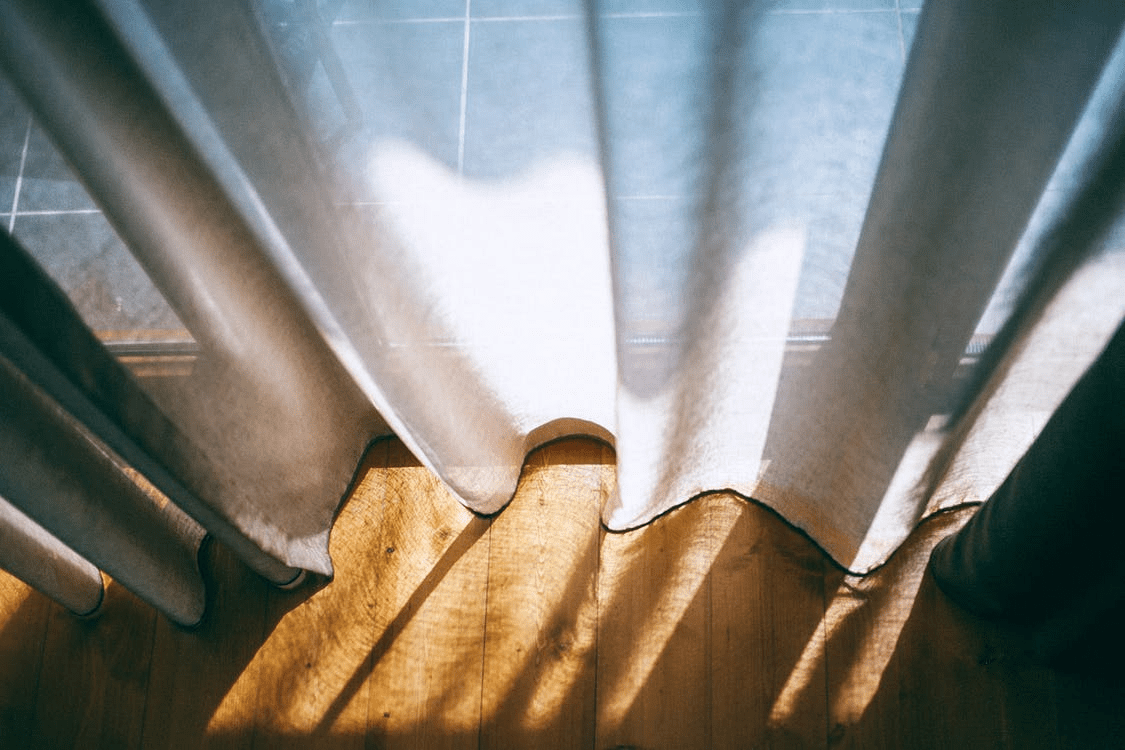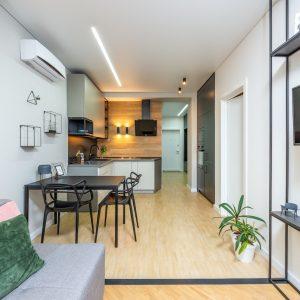Keeping your home cool during the summer months is a must for comfort and well-being. While many people consider air conditioning a luxury, the ability to stay cool and comfortable can directly impact the quality of your sleep. The worse your sleep, the more likely you are to get sick.
Unfortunately, air conditioning is costly, making it inaccessible to many and burdensome to those on fixed incomes. Here are seven ways you can save on air conditioning this summer while keeping your home cool.
Schedule a tune-up
One of the biggest mistakes homeowners make is only calling an air conditioning professional when an issue arises. Taking this approach to home maintenance can cost you more in the long run by increasing the risk of costly repairs and driving up utility costs.
According to air conditioning repair Boise ID specialists at TSS Home Comfort, scheduling a seasonal tune-up is one of the best ways to save on your annual air conditioning costs. During a tune-up visit, the air conditioning specialist will clean the air filters and connections, running tests to determine if there are any issues.
This preventative maintenance will help the air conditioning system run efficiently and identify if any repairs need to be made before the busy season. Scheduling annual tune-ups can also help extend the lifespan of your air conditioner for a better lifetime return on investment.
Use blackout curtains
One of the most affordable, simple ways to minimize your air conditioning costs is to put up blackout curtains in sunny areas of your home. You might choose to leave the curtains open when you’re at home enjoying the weather, but these do wonders when you’re elsewhere. If nothing else, you can use these during peak periods of sunlight to help limit the natural heating effect through the windows.
Using blackout curtains can reduce the temperature in your home by as much as 24%. This simple change will put less stress on your air conditioner while minimizing your consumption costs.
Heavy curtains are also ideal for the winter months to minimize heat loss through windows (also estimated at 24%).
Adjust the temperature
Adjusting the temperature by a few degrees makes a significant difference in energy consumption without being noticeable. The US Department of Energy estimates about 1% savings for each degree difference in heating and cooling.
Adjusting the temperature and turning down the cooling system will require cooperation from everyone in your household. Ensure that everyone is wearing cool clothing and sipping iced drinks before they even look at the thermostat.
Use localized climate control
Using localized climate control is another effective way to save on air conditioning costs during the summer. If you have a whole-house air conditioning system, the savings can be significant.
If you’re spending time in the living room and crank up the air conditioner for your comfort, the unit will work to bring the entire house to that temperature. Conversely, using a mini-split or a fan will only adjust the temperature in that part of the house.
One of the best cost-saving hacks for localized climate control is creating an ice fan. Put a bowl of ice in front of an oscillating fan for cost-free air conditioning that’s surprisingly effective.
Monitor humidity levels
Humidity changes our physical perceptions of heat during the summer months. So, while the thermometer might say one temperature, our bodies could feel even hotter. This is a result of the moisture droplets in the air accumulating on our skin. Humidity has the same effect during the winter, making us feel colder than the actual temperature indicates.
Monitoring your home’s humidity levels will help keep you cool without touching the thermostat. While air conditioning units are meant to have dehumidifying effects, it’s important to understand the nuances of your home’s system. Talk to an HVAC specialist to ensure your home has sufficient humidity control and that everything is working as it should.
One common sign of excess humidity in the home is condensation. If your windows are streaming with water droplets, there’s something wrong with your humidity control.
Use your fans correctly
Checking to ensure your ceiling fans are moving in the right direction can have a huge impact on your home’s temperature. It’s important to check the settings regularly, as it’s easy to pull the wrong chain when trying to adjust the speed of light settings.
Your ceiling fans should be set to spin clockwise during the warmer months of the year. Hot air rises, and cool air sinks. That means the cold, refreshing air from your air conditioner will settle along the floor or downstairs of your home. The fans’ clockwise motion pushes the hot air downward and forces the cool air up for better air circulation.
If you don’t have ceiling fans installed in the upstairs of your home, it’s well worth the upgrade.
Close windows and vents
There’s nothing like throwing open the windows on a sunny day and letting the fresh air inside. However, opening the windows during the day— even the nice breezy ones— will skew the humidity control in your home. Keep your windows closed during the day and consider opening them during the evenings when it’s cooler, depending on your region.
It’s also beneficial to close your vents downstairs if you have a whole-house air conditioner to redirect cool air upstairs.
With these simple tips, you can save on summer air conditioning costs without sacrificing your comfort this summer.




